Physics > Lab Experiment > PHYS 2121 Wave Interference - Lab 23 (All)
PHYS 2121 Wave Interference - Lab 23
Document Content and Description Below
PHYS 2121Wave Interference - Lab 23 Name ____________________________________ Wave Interference – Lab 23 Go to http://phet.colorado.edu/simulations/sims.php?sim=Wave_Interference and cli... ck on Run Now. Introduction: When waves momentarily overlap, they temporarily add their amplitudes without affecting the original waves. This interference can be seen when two wave sources are used and their overlaps viewed. You will view this phenomenon in parts I and II of this lab. When a wave strikes a barrier, some of the energy will bend around the barrier and spread out. This is known as diffraction. In part three of the lab, you will view the results of splitting a single wave source with a narrow slit, and then observe as the new waves created at the slit interfere. The interference pattern that results is symmetrical. The bands of constructive interference are referred to as maxima (single=maximum). Important Formulas: Please note that many texts use n to represent the nth maximum from the central maximum. The College Board has chosen to use m, I suspect so as not to be confused with index of refraction. Procedure: PheT Simulations Play With Sims Sound and Waves Wave Interference Part I: Water Waves Analogy take some time to familiarize yourself with the simulation’s controls • Observe the water waves created in the faucet analogy. The darker areas are areas of higher amplitude. • Adjust frequency and amplitude and observe the characteristics of the waves. • Comment on the waves as amplitude is changed: • Comment on the waves as frequency is changed: • Now add a second drip to the simulation. Observe the interference of the two water waves. • Comment on the interference of the two waves: Part II: Light Wave Interference Please note the waves take some time to settle out and show good graphs-be patient • Change the simulation to show extremely-slowed light emission from the single-light source. • Observe the wavelength of red light and then move the wavelength slider to cyan or blue light. • Comment on the actual wavelength of blue light versus red light. • Add the screen to show how the light would look if viewed on a screen • Add a second light source and view the interfering waves and the pattern they create on the screen. • Showing the Intensity Graph quantifies the energy that is incident upon the screen. What effect does amplitude have on the maxima separation in the interference pattern? By increasing the amplitude the separation increases in the interference pattern What effect does source spacing have on the maxima separation in the interference pattern? There is no change. What effect does wavelength have on the maxima separation in the interference pattern? With increasing wavelength the maxima separation increases. __________________________________________________________________________________________________ Part III: Light Wave Diffraction • Reset the light waves simulation and show the screen and graph. • Add a 2-slit barrier to the simulation and allow the graphs to be formed. • Observe the interference pattern created when the characteristics of the simulation are adjusted. • You may have to adjust amplitude when other elements of the simulation are changed to observe the graph. What effect does larger amplitude have on the maxima separation in the interference pattern? What effect does a shorter wavelength have on the maxima separation in the interference pattern? What effect does a larger barrier-to-screen distance have on the maxima separation in the interference pattern? What effect does a smaller slit width have on the maxima separation in the interference pattern? What effect does a smaller slit separation have on the maxima separation in the interference pattern? Conclusion Questions and Calculations: You may check your approximate answers in the simulation 1. Why would a helicopter passing over or near a TV antenna cause a garbled or unusable TV signal? 2. The simulation uses monochromatic light. If white light was used instead, what would be seen on the screen? 3. As wavelength of the incident light increases (bluered) the maxima separation increases / decreases. 4. Two thin slits with separation of .0250mm are placed over monochromatic orange laser light at 610.nm. What is the small angle measurement from the central maximum (zero degrees, inline with the source) to the first maximum? 5. A beam of green light is split by thin double slit with separation of 0.0500mm and incident upon a screen some distance away. The angles of the first and second maximums are .584o and 1.17o respectively. What is the wavelength of the green light? 6. A single, monochromatic indigo light source is shined through an etched, flat prism with a slit separation of .0250mm. The resulting interference pattern is viewed on a screen 1.25m away. The third maximum is found to be 6.6cm from the central maximum. What is the wavelength of the indigo light? 7. Where are the first and second maxima? 8. When the two additive colors blue (475 nm) and green (510 nm) are incident in equal magnitudes upon a white screen, the subtractive color cyan results. Consider two beams, one blue and one green. The blue beam is shined through a double-slit diffraction grating with slit distance of 0.0400 mm and then displays an interference pattern on a screen 1.00m away. If the green beam is then shined from the same position as the blue beam, what size diffraction grating would be required for the green beam so only a cyan interference pattern would be seen on the screen? [Show More]
Last updated: 1 year ago
Preview 1 out of 3 pages
.png)
Reviews( 0 )
Document information
Connected school, study & course
About the document
Uploaded On
Jan 22, 2021
Number of pages
3
Written in
Additional information
This document has been written for:
Uploaded
Jan 22, 2021
Downloads
0
Views
162

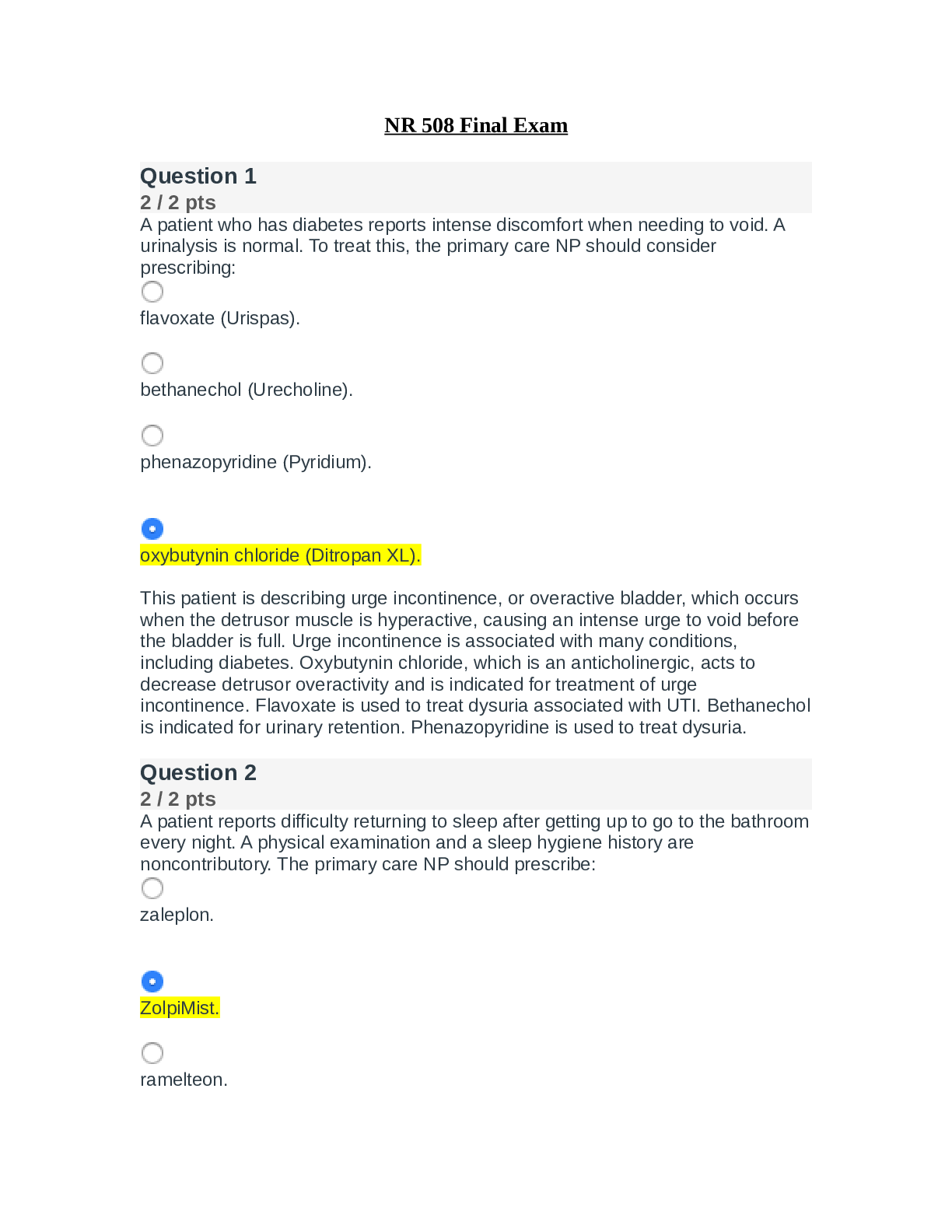



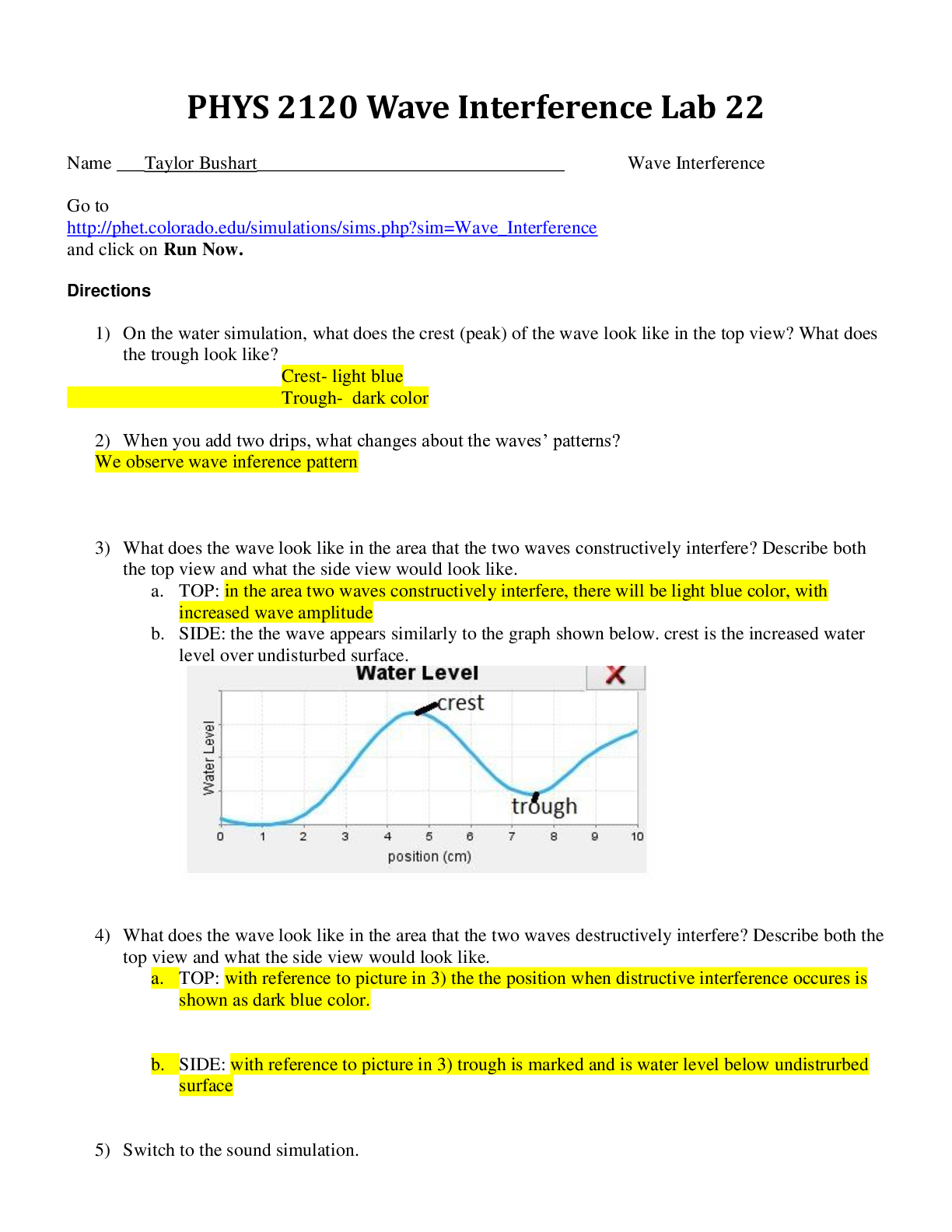

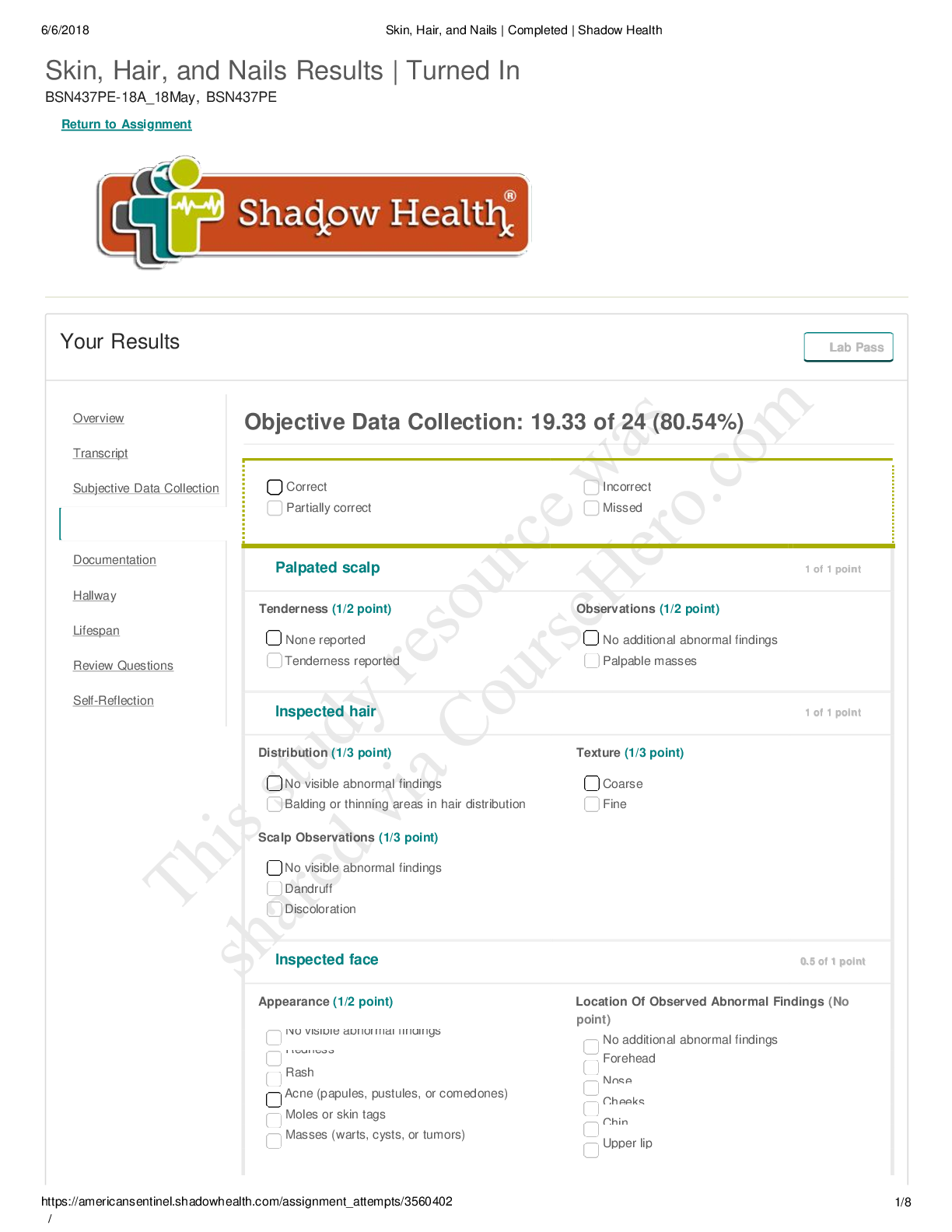



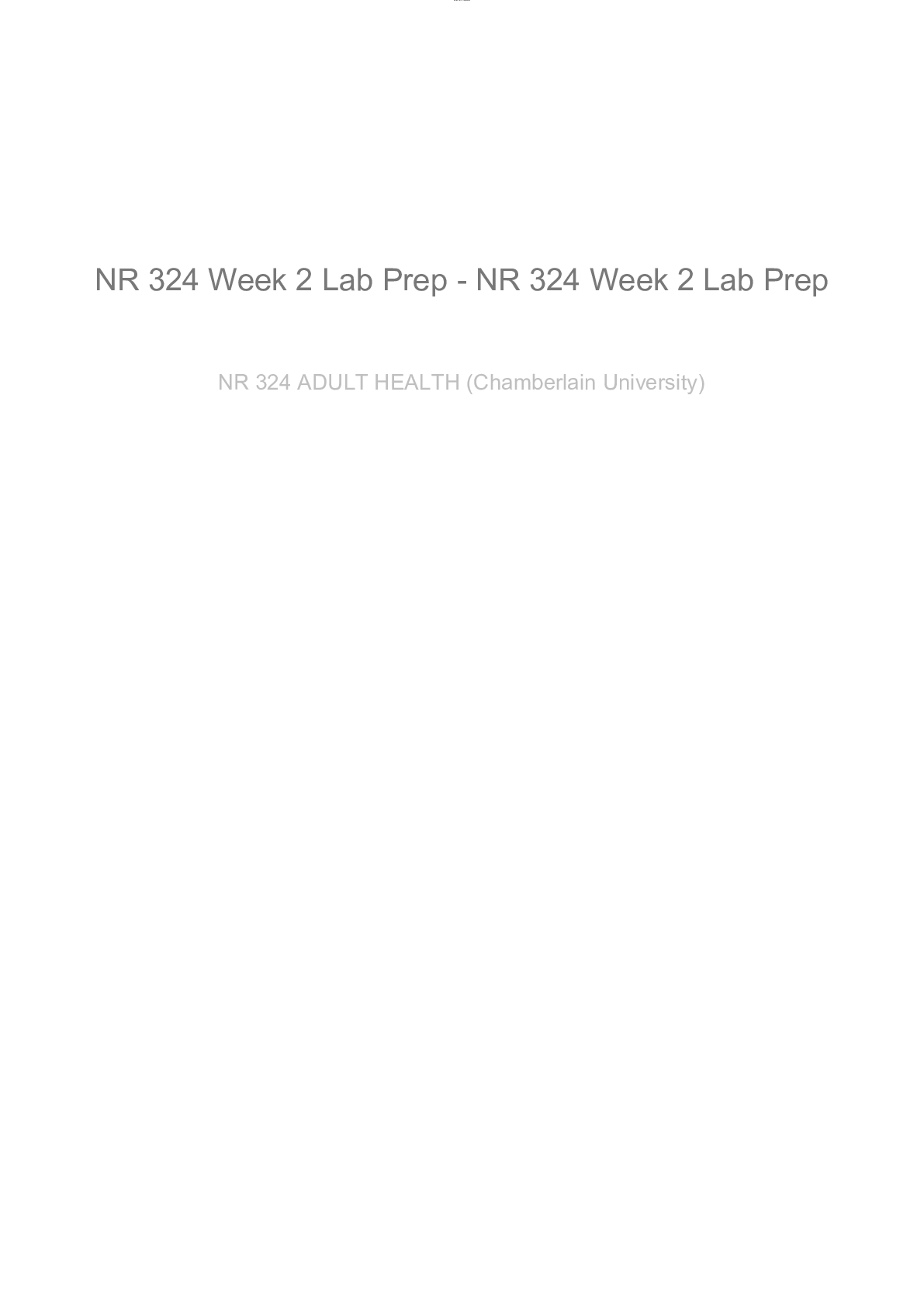
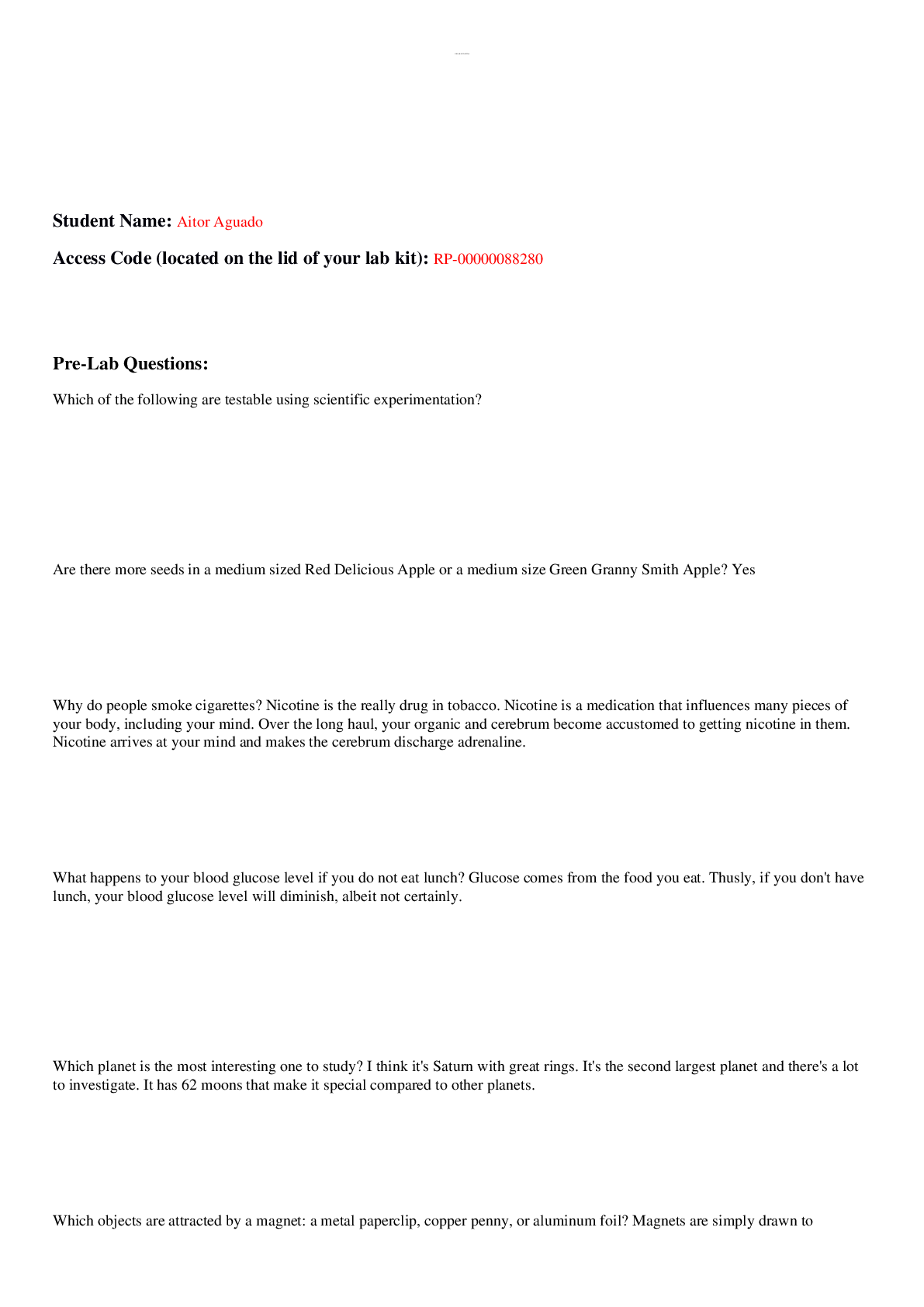
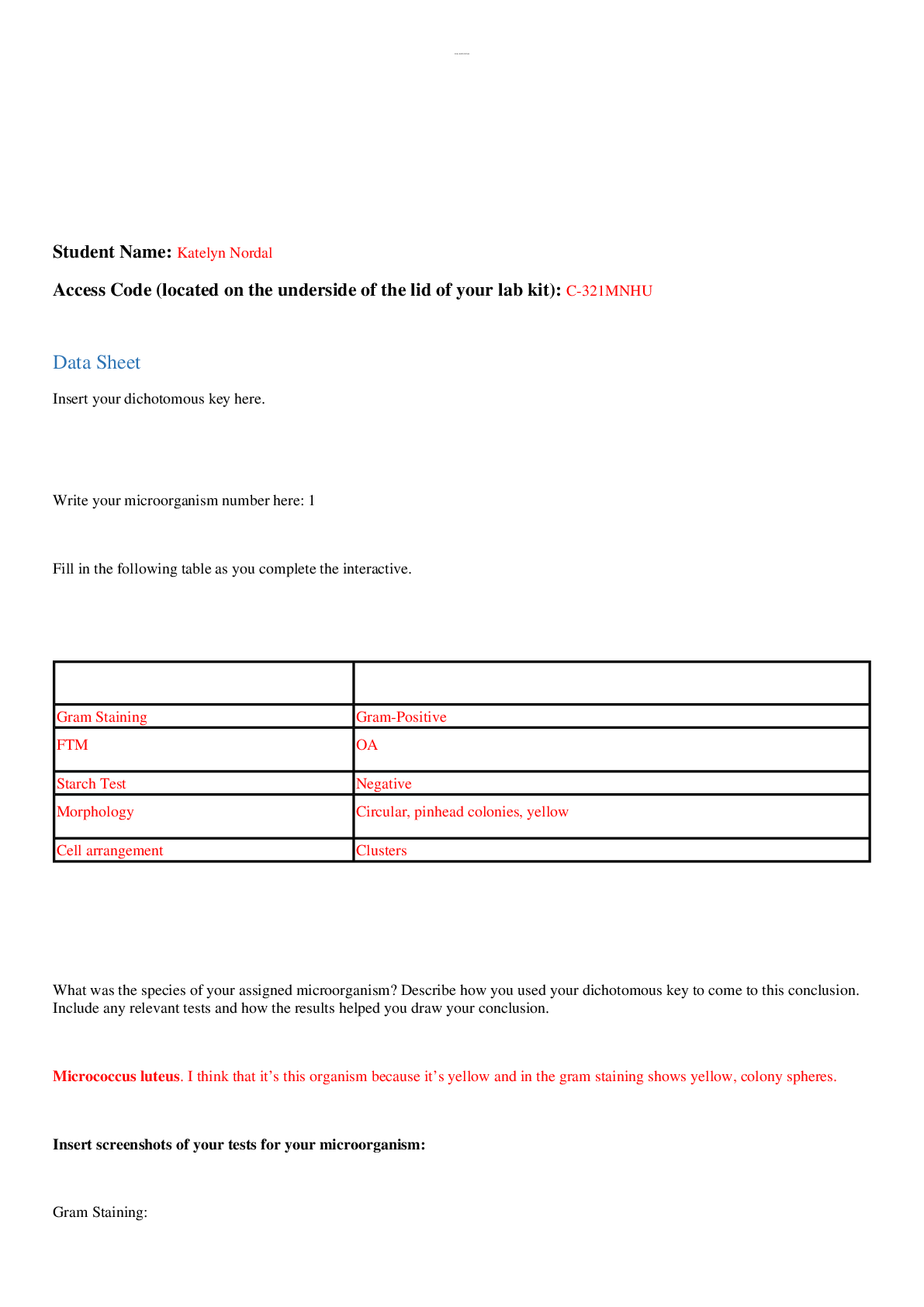



.png)






